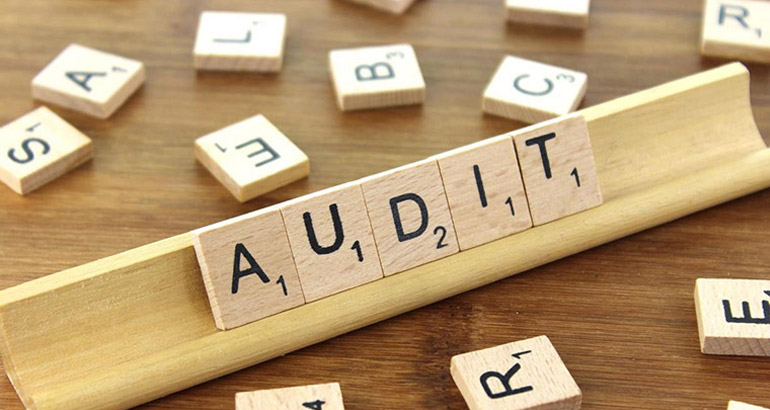A grocery shop keeper started the business with several branches with minimum possible capital. When the business started to prosper, the activities flourished as the Sales doubled, Working capital increased, Statutory regulations strengthened, business locations multiplied, business relations widened.
Isn’t his entire business process becoming too complex? We can relate the same to that of audit too.
An audit that begins with traditional audit techniques like vouching for each transaction, tallying, casting, and calculating profit may appear to be satisfactory up to a certain point of time.
Once it is beyond the limit, the overall audit operations become rather stereotype. It consumes much time and eventually results in vanity. Therefore, these deteriorate the very essence of an audit in the long run. This is the basic inevitability of why we need modern techniques of auditing. In this blog, we will study the modern techniques of audit in Dubai.
What is the Modern Concept of Auditing?
The modern concept of auditing is a radical modification of the traditional auditing concept by getting rid of insignificant areas like complete verification of Sales invoices, Stock movements, etc.
In the modern method of auditing, the auditors in Dubai assess the scenario and depart from the normal procedures. The auditors in Dubai steps up to a much higher level for ensuring a maximum degree of profitability to the client in preparation of an audit report.
The auditors in Dubai are more analytical rather than only comparing some raw figures, which carry no meaning unless those raw figures are put into analysis. The auditors in Dubai concentrates on full utilization of resources for offering value-based information to the management by assimilating regression analysis, Opportunity analysis, what-if analysis, Cost Feasibility Analysis, scientific-based models, etc.
By employing the modern method of auditing, you can avoid redundancies. The importance of the concept of the internal check under the traditional concept is revised since the elements are interlinked and merged under modern audit.
Modern Techniques and Tools of Auditing
Following are some of the modern Auditing Techniques and tools
1.Computer Assisted Audit Technique (CAAT)
The CAAT is the most commonly used modern audit tool. In the traditional method of auditing, the auditors in Dubai build closures based upon a limited sample of a population, rather than examining all available data or a large data sample. Whereas in CAAT, these problems are addressed.
The CAAT method of auditing is often used to study large volumes of data. This modern method of auditing is used to analyze every transaction, instead of analyzing just a sample of all performed transactions.
There is an exclusively designed software used to perform a CAAT. The test can stretch from the use of a reasonably simple spreadsheet to using highly specialized databases or secondary software designed mainly for data analytics, such as Apache Hadoop or IBM Analytics.
2.System Based Approach
In the system based audit approach, the auditors in Dubai first acknowledge that there is a strong and well built internal control system being used on the basis of their understanding from the entity’s management team. The auditors in Dubai will have to perform a thorough understanding of the client’s internal control over financial reporting before depending on the internal control.
The system-based approach is quite different from the sustentative audit procedure. Once they carried out an understanding of internal control, the auditors in Dubai will then need to carry out testing and authenticating those internal controls. The auditors ensure that they are powerful enough to produce the correct financial reporting.
3.In Effect Audited Virtually
The work that’s generally done in the field is performed virtually in the office, and the wrap-up phase is performed in the field. The auditors in Dubai do the routine work of inspecting the client’s documents in the auditors’ office instead of traveling to a client’s offices.
Once the routine tasks are done, engagement leaders call on the client for the wrap-up phase. Questions raised during the in-office part of the audit are answered, and issues that need judgment are resolved.
4.Predictive Analytics
Predictive analytics is using advanced data analysis methods to make predictions, based on probabilities, about the future. It involves advanced technologies such as artificial intelligence and machine learning to process those predictions.
In the circumstances of the high-quality audit, auditors in Dubai can make use of digital tools to extricate information from a company’s systems, and then use predictive analytics for the purpose of spotting patterns that either align or don’t align with predicted outcomes and trends.
This type of analysis is done for various reasons, but it is mainly useful in gaining a deeper understanding of a client’s business and financial risks.





